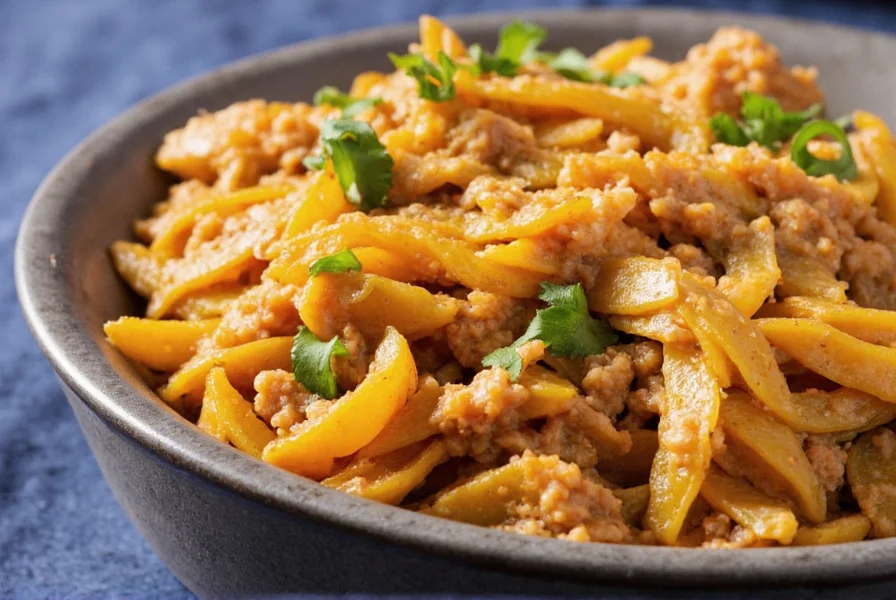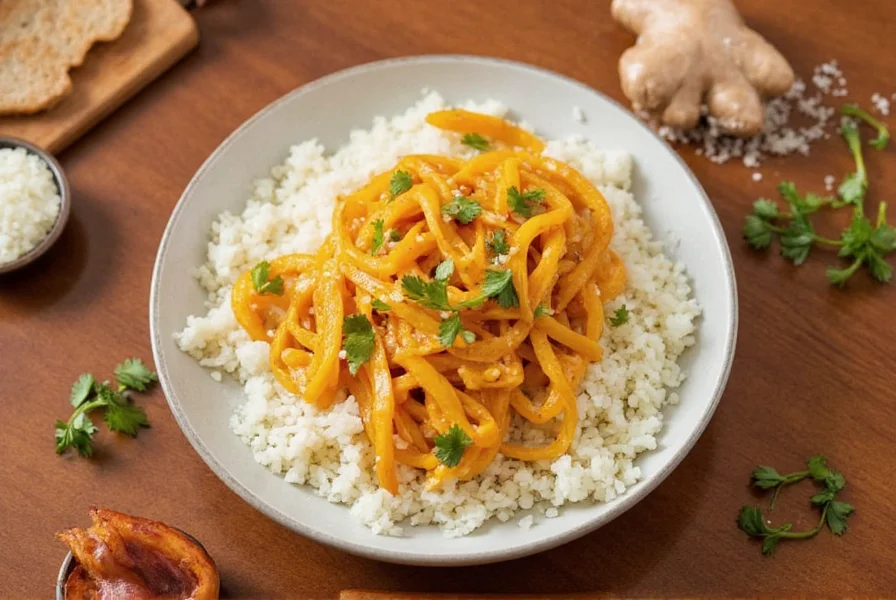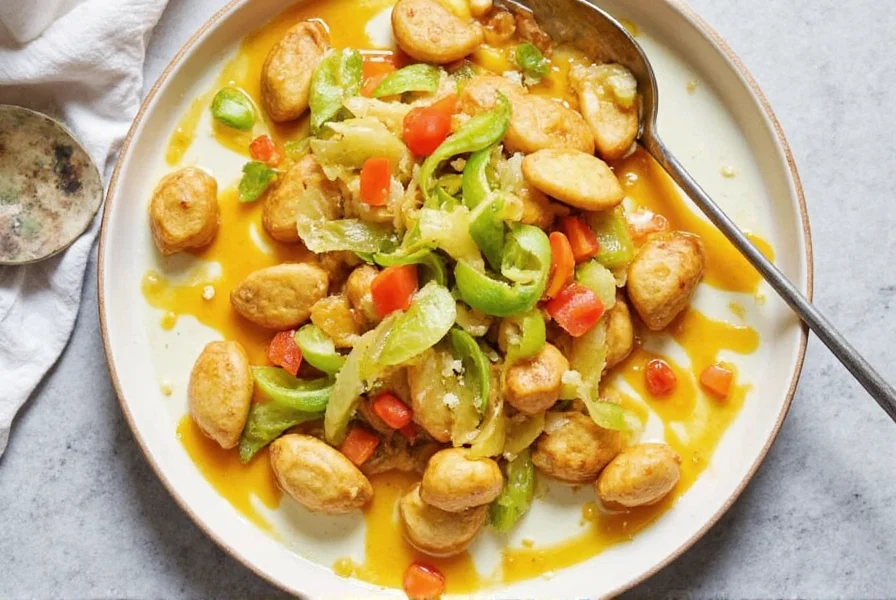Ginger's unique flavor profile makes it indispensable in kitchens worldwide. This rhizome's warm, slightly sweet, and peppery notes complement both savory and sweet dishes, creating memorable culinary experiences across diverse food traditions. Understanding how different cultures incorporate ginger reveals why it's considered one of the world's most versatile cooking ingredients.
The Global Journey of Ginger in Culinary Traditions
Ginger originated in Southeast Asia but has traveled across continents, adapting to local tastes while maintaining its distinctive character. In Asian cuisine dishes with ginger, the root often appears fresh, minced, or grated in marinades and sauces. Chinese cooks frequently use young ginger for its milder flavor in stir-fries, while mature ginger provides more intense heat in braises. Japanese cuisine features pickled ginger (gari) alongside sushi and incorporates fresh ginger into dipping sauces and marinades.
Indian kitchens rely on ginger garlic paste as a flavor foundation for countless curries and marinades. Middle Eastern cuisine uses preserved ginger in spice blends, while Caribbean cooking combines fresh ginger with allspice and Scotch bonnet peppers in jerk seasonings. Even European traditions feature ginger prominently in baked goods, spice cakes, and mulled beverages.

Essential Ginger Dishes by Category
| Cuisine | Signature Ginger Dishes | Ginger Preparation |
|---|---|---|
| Chinese | Ginger chicken stir fry, Ginger scallion lobster, Buddha's delight | Thinly sliced, julienned, or minced fresh ginger |
| Japanese | Shogayaki (ginger pork), Gari (pickled ginger), Ramen broth | Sliced, pickled, or grated fresh ginger |
| Indian | Ginger garlic curry base, Chai masala, Aam panna (mango drink) | Paste, whole pieces, or dried powder |
| Caribbean | Jerk chicken, Ginger beer, Sorrel drink | Grated fresh, juiced, or boiled in syrups |
| Western | Ginger snaps, Gingerbread, Ginger tea | Dried powder, crystallized, or fresh grated |
Mastering Ginger in Your Kitchen
Successful ginger integration requires understanding its varying forms and applications. Fresh ginger root provides the brightest flavor when used raw or added late in cooking. For Asian dishes with fresh ginger, try these techniques:
- Stir-fries: Add sliced ginger during the initial oil heating phase to infuse the oil with flavor before adding other ingredients
- Marinades: Combine grated ginger with garlic, soy sauce, and sesame oil for meats or tofu
- Soups and broths: Simmer whole ginger slices to extract flavor without making the broth fibrous
- Desserts: Use crystallized ginger in cookies or grate fresh ginger into cake batters
When working with ginger, remember that younger roots have thinner skin and milder flavor, while mature ginger develops more intense heat and fibrous texture. Store unpeeled ginger in the refrigerator for up to three weeks, or freeze it for longer storage—frozen ginger grates beautifully without thawing.
Health-Enhancing Ginger Combinations
Beyond flavor, ginger offers digestive benefits and anti-inflammatory properties that complement various dietary approaches. Healthy recipes with ginger root often pair it with complementary ingredients:
- Ginger-turmeric shots: Blend fresh ginger and turmeric with lemon juice and a touch of honey for an immunity-boosting morning tonic
- Ginger-miso soup: Combine grated ginger with white miso paste for a probiotic-rich broth that aids digestion
- Ginger-carrot soup: Roast carrots with fresh ginger before blending for a naturally sweet, anti-inflammatory soup
- Ginger-lemongrass tea: Simmer fresh ginger slices with lemongrass stalks for a soothing herbal infusion

Seasonal Ginger Applications
Ginger adapts beautifully to seasonal cooking needs. During colder months, warming ginger dishes provide comfort and circulation benefits. Try adding freshly grated ginger to winter squash soups, hearty stews, or roasted root vegetables. The best ginger recipes for winter often include additional warming spices like cinnamon, cloves, and black pepper to enhance ginger's thermogenic properties.
In warmer seasons, ginger shines in lighter preparations. Fresh ginger brightens salad dressings, fruit salads, and chilled soups. Ginger-infused vinaigrettes pair exceptionally well with grilled fish or chicken. For refreshing summer beverages, muddle fresh ginger with mint and lime for a non-alcoholic cooler, or add ginger slices to infused water.
Perfect Pairings: Ingredients That Complement Ginger
Ginger harmonizes with numerous ingredients across flavor profiles. Understanding these pairings helps create balanced dishes with ginger:
- Soy sauce and ginger: The saltiness of soy sauce balances ginger's heat in marinades and stir-fry sauces
- Ginger and garlic: This classic combination forms the flavor base for countless Asian dishes with ginger
- Ginger and citrus: Lemon or orange zest enhances ginger's bright notes in both savory and sweet applications
- Ginger and honey: The sweetness counteracts ginger's heat, creating balanced glazes for meats or dressings
- Ginger and coconut: Southeast Asian cuisine frequently combines fresh ginger with coconut milk for rich, aromatic curries
When developing your own ginger creations, start with small amounts and taste as you go. Ginger's potency varies by root age and growing conditions, so adjust quantities based on your specific ginger's characteristics. Remember that cooking mellows ginger's sharpness while raw applications showcase its vibrant heat.











 浙公网安备
33010002000092号
浙公网安备
33010002000092号 浙B2-20120091-4
浙B2-20120091-4